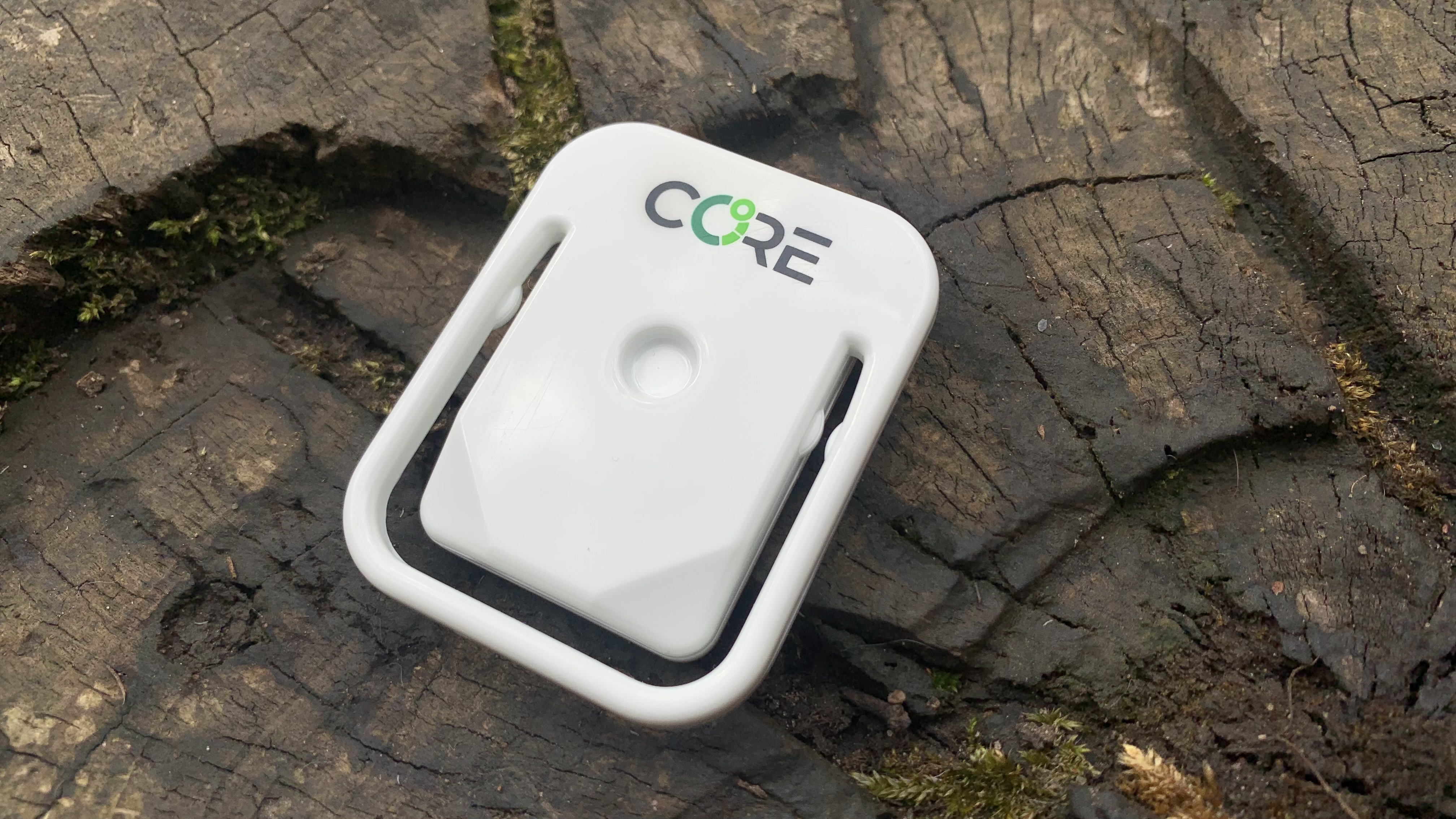Tips for breathing while running
Improve your performance and endurance by learning how to breathe properly while running

Learning how to breathe properly while running will lead to better performance. It might seem like a strange thing to be focusing on, since we all breathe naturally, however, there are some good breathing techniques that can help you to optimise how your body reacts to training efforts.
Sometimes, breathing can feel difficult while running. This is because strenuous activities, such as running, cause the respiratory system and muscles to work harder than normal. To perform well, you need more oxygen to get to the muscles.
This is how it works: As you run faster or further, your breathing becomes more frequent and your heart rate rises.
The muscles will have a greater need for oxygen to facilitate the conversion of carbohydrates or fat into energy.
Your heart and lungs are responsible for delivering the oxygen to the blood to fuel the muscles. When you are running faster or harder, your lungs and heart need to work harder.
This means that if you can optimise your breathing, you will be able to maintain a better quality of performance while running and run for longer with less fatigue.
- Once you've got your breathing down, make sure your feet are well shod by checking out our best trail running shoes and best women's trail running shoes
- For more performance tips, check out how to go running in mud and our guide on how to avoid running injuries
Warm up first
To improve your breathing while running, it's a good idea to warm up your respiratory system, just like you would with your muscles, joints and tendons. The simple way to do this is to start each session with a walk or an easy jog. Try to think about breathing evenly and follow the diaphragmatic breathing technique below.
Advnture Newsletter
All the latest inspiration, tips and guides to help you plan your next Advnture!
Warming up your lungs and respiratory system is even more important on colder days and also if you have asthma.

Nose or mouth breathing?
Most of us have no idea whether we are nasal or mouth breathing. Usually, when sitting at rest or when out for a causal walk or run, we nasal breathe. But as we work harder, most of us naturally open our mouths to gain more intake of breath.
Inhaling and exhaling through your mouth allows more oxygen to enter the body.
But it’s where you breathe “from” that can make the greatest difference, which is why diaphragmatic breathing is a good idea.
Try diaphragmatic breathing
Diaphragmatic breathing, also known as belly breathing, allows you to maximise your oxygen intake while running. This type of deeper breathing engages the diaphragm, which creates more space in your chest cavity, and therefore allows your lungs to expand fully to take in more oxygen.
This type of deeper breathing increases the flow of oxygen-rich blood to the muscles.
If you tend to be a shallow breather, or a fast breather, learning diaphragmatic breathing will be especially important. When we breathe more quickly, we are also more likely to be tense, so a deeper belly breath will help to relax the body and make running more fluid.

How do I learn to breath more deeply?
To learn the technique of deep belly breathing, lie down on your back on the floor and place a flat hand, palm down, on your belly (the abdomen area just below the rib cage).
Take a normal breath and see which area rises first. Then try breathing deeply into your belly first, before moving the breath up into your chest to exhale.
This type of breathing is usually something you might learn in a yoga class. It’s the art of breathing deeper and from within the abdomen. This type of breathing helps to strengthen muscles that support breathing, ie the diaphragm, and allows you to take in more air.
As you learn the technique, try to lengthen the exhales so that they are longer than the inhales.
Once you have got the hang of this while lying down, try standing up and then aim to give it a go while running slowly. The goal is for a better quality of inhale and exhale.
Rhythmic breathing
Rhythmic breathing is also called cadence breathing, where you breathe in and out as you take running steps. The idea of rhythmic breathing is to maintain regular breathing and to avoid taking larger or shallower breath intakes.
Rhythmic breathing while running is also claimed to put less pressure on your diaphragm and balance the stress of the impact between both sides of your body.
The advice is to inhale for three foot strikes and exhale for two and continue this pattern of 3:2 while running at a moderate pace. If you are running faster, you can switch to a 2:1 pattern.

Good posture
If you are standing or running in a more upright position, you will be able to breathe more easily. In contrast, if you are hunched over while running it impedes efficient breathing.
To keep good form, try to think of your head and back being held up by a floating balloon. Keep your spine in line with your head and your shoulders square.
Also think about relaxing your shoulders away from your ears.
Avoid pollution
It will be easier to breathe in areas when the air is fresher and less polluted. Urban running, especially in larger cities or close to busy roads, can affect your breathing due to higher levels of man-made pollutants in the air, such as vehicle and manufacturing emissions.
Asthma and allergies
Many people find their breathing is affected by pollen in the summer and especially if you are prone to hay fever. An antihistamine can help, or try to run at times when the air is less thick with pollen.
In general, pollen counts rise during the morning, then peak at midday when it is warmest, before gradually falling. This means the lowest pollen counts are usually before dawn and in the late afternoon to early evening.
Asthma can also be exacerbated by pollen, as well as colder temperatures. If asthma is an issue make sure you carry an inhaler and think carefully about the times when you will run. A gentle jog for a warm up can help to improve breathing while running if you are asthmatic.
Learn to breathe better step by step
Improving your breathing while running takes time. Learn a tip at a time and build up step by step. If you think too hard about breathing in the first place, you may end up feeling a bit unnatural as you run.
Like all tips for techniques, it's a good idea to try one idea at a time and see what works for you.

Fiona Russell is a widely published adventure journalist and blogger, better known as Fiona Outdoors. She is based in Scotland and is an all-round outdoors enthusiast with favorite activities including trail running, mountain walking, mountain biking, road cycling, triathlon and skiing (both downhill and backcountry). Aside from her own adventures, Fiona's biggest aim is to inspire others to enjoy getting outside and exploring, especially through her writing. She is also rarely seen without a running skort! Find out more at Fiona Outdoors.
